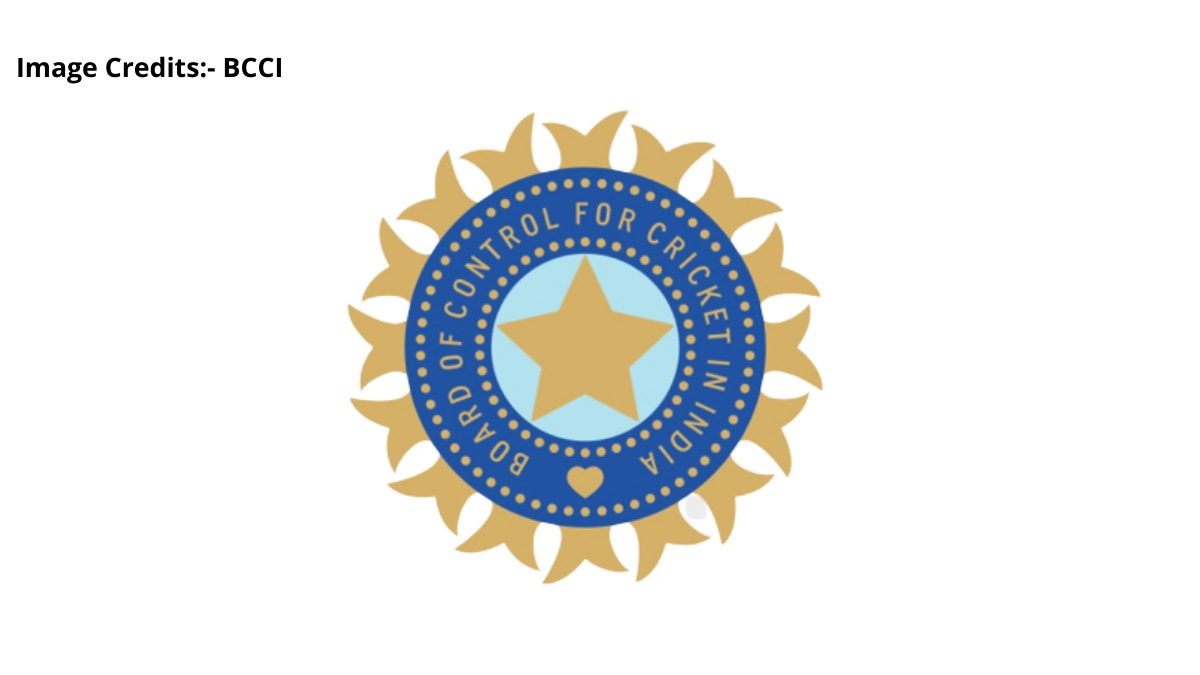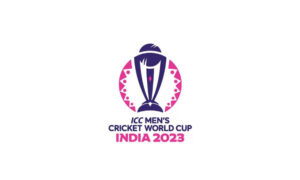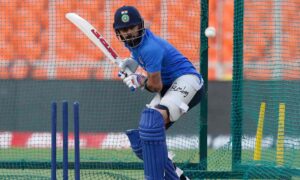When cricket games are stopped by rain, the VJD method helps calculate target scores. BCCI chose this method for domestic cricket in 1998. Jayadevan created the VJD method and worked hard to make it better. However, BCCI did not pay Jayadevan enough money for his work, even after all these years. Another method, Duckworth-Lewis, is used in international matches to set winning targets.
“I actually did the programming to teach a BTech student. Since I was interested in cricket, I took the problem to find the target score in cricket when the play is interrupted by rain. But as my interest in the subject grew, the final output came out to be the best. I made many attempts to bring the method to the notice of BCCI. It was Sunil Gavaskar who finally understood its merits and assured to take it forward,”
Jayadevan told TNIE.
DUCKWORTH-LEWIS vs VJD
Duckworth-Lewis and VJD methods use statistics to calculate a team’s target score. DLS assumes that teams score faster as overs progress. VJD assumes that teams score fastest during the first fifteen overs, then slower in the middle, and faster again towards the end. Duckworth-Lewis uses one set of curves, while VJD uses two- normal and target curves.
In 2010, they planned to use the VJD method in Indian Premier League, but it didn’t happen. Jayadevan is now working with Sportec India and Keshav Kolle to make the method more user-friendly on Android and IOS. BCCI made a one-time payment for Jayadevan’s contribution, but he still wants to explore using the VJD method in IPL tournaments. Some IPL council members don’t like Jayadevan’s method because it’s an Indian version, and international players also play in IPL. Jayadevan used to be a lecturer but left his job and worked on the Android version during Covid.
Follow us on Twitter for more!







